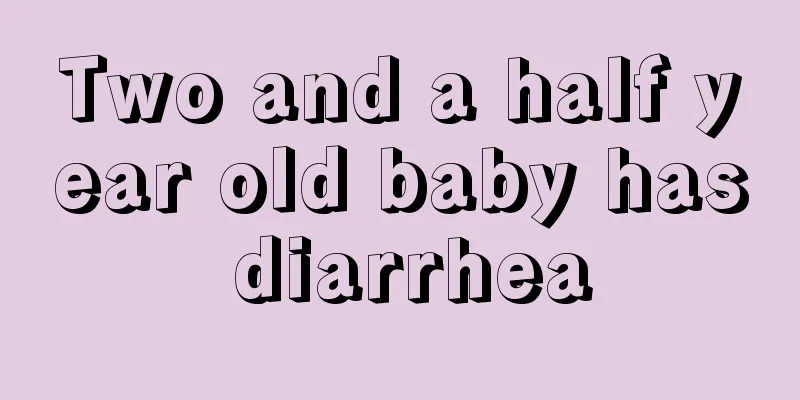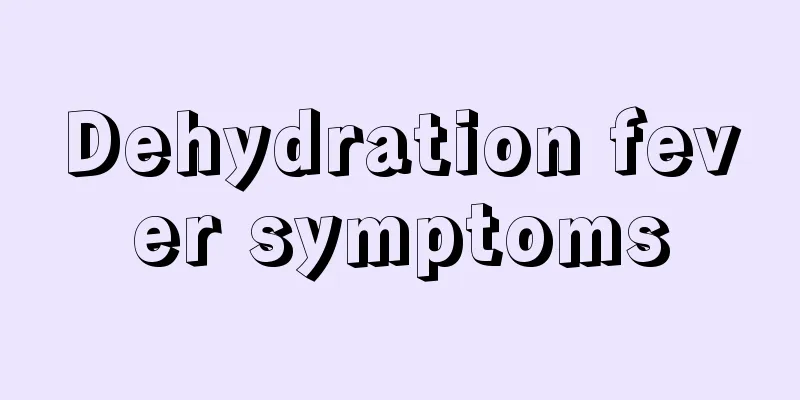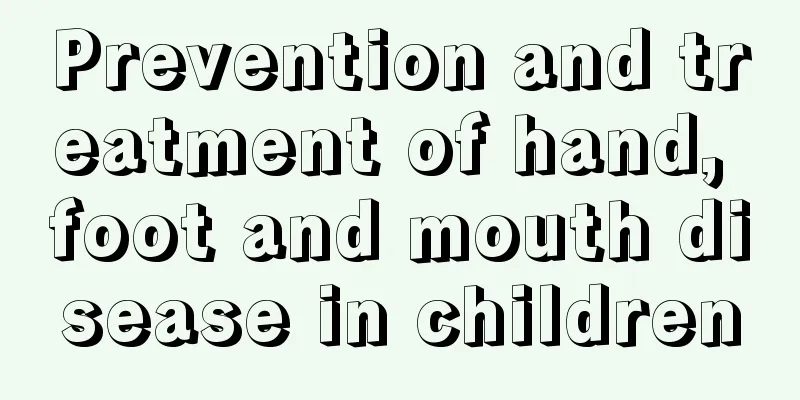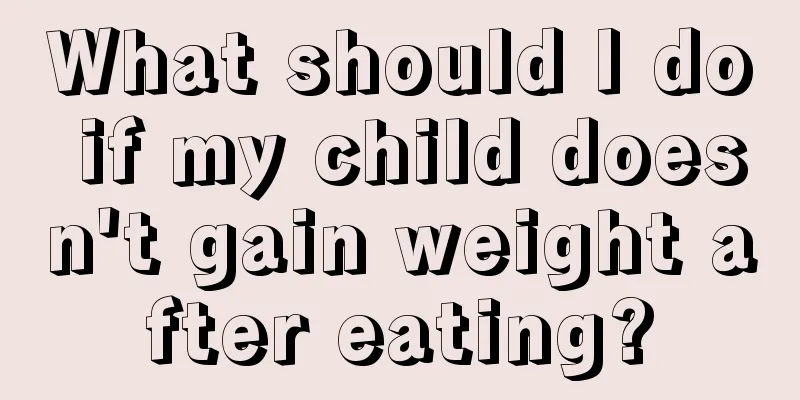What are the causes of fever in children?
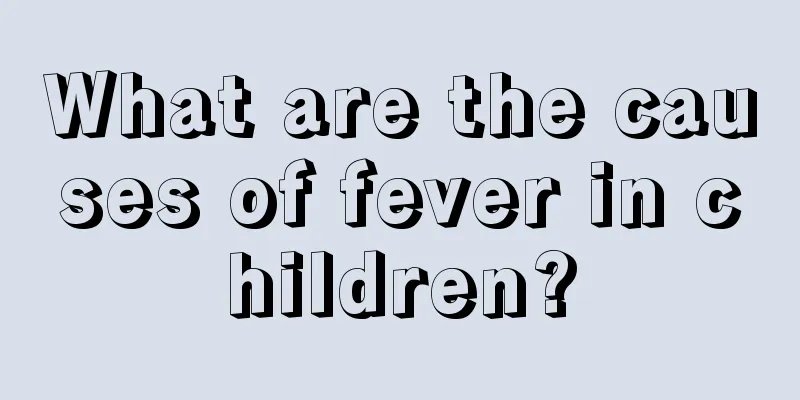
|
Of course, we need to pay attention to the causes of children's fever, because children are more affected. The three most common causes are viruses, such as colds, influenza, measles, and roseola infantum, which can cause babies to have fevers. Therefore, we must also pay attention to correct and effective treatment and solutions. Antibiotics and antipyretic drugs should not be abused, and physical cooling methods are encouraged. 1. Most fevers are caused by infections, and viruses are the most common, such as colds, influenza, measles, roseola infantum, epidemic costitis, etc., followed by bacterial infections, such as tonsillitis, scarlet fever, epidemic meningitis, etc. Some parasitic infections can also cause fever, such as malaria, kala-azar, etc., but they are relatively rare; non-infectious fevers include heatstroke, dehydration, leukemia, tumors, trauma or post-surgery, etc.; there are also some diseases that hinder heat dissipation, such as ichthyosis dermatitis and sweat gland deficiency, etc. Of course, it is sometimes difficult to distinguish, but once the situation is clarified, it can be provided to doctors for reference. 2. Observe the type of fever: You can use the household thermometer to accurately measure the armpit temperature and keep records. A temperature below 37 degrees Celsius is considered normal, below 38 degrees is considered a low fever, 38-39 degrees is a moderate fever, and above 39 degrees is a high fever. We also need to look at how long the fever lasts and what other symptoms accompany the fever. 3. Do not abuse antibiotics: Most families have antibiotics on hand, and as soon as a child has a fever, they will immediately give him or her various antibiotics. This is inappropriate. First, most antibiotics have no effect on viruses and can suppress the body's immune function. Second, fever itself is a normal reaction of the body's disease resistance to eliminate pathogenic factors. If you use drugs to kill bacteria and viruses, it will affect the proliferation of phagocytes and the production of antibodies, affecting the enhancement of the body's disease resistance. Therefore, do not use antibiotics too early. 4. Use antipyretic drugs with caution: Antipyretic drugs are generally not needed for low-grade or moderate fever, because premature fever reduction will also affect the establishment of immune function, and drug-induced fever reduction often causes adverse reactions such as sweating and collapse. Medication should be used with caution when the fever is high, and the minimum dose that can reduce the temperature should be controlled. Do not take it continuously. Be especially cautious with children under six months old. 5. Promote physical cooling: Physical cooling is much safer than drug and chemical cooling. You can apply a cool towel to the forehead, or put an ice pack on the head and neck, or use alcohol to wipe the child's head, chest, limbs, and palms. If there is no alcohol, 54° white wine can be used instead, which can also achieve the effect of dissipating heat and reducing temperature. |
<<: The child coughs as soon as he lies down to sleep
>>: Can torticollis in children be cured?
Recommend
What should we do if children have amblyopia or strabismus?
Parents are very worried if their children have s...
How to prevent colds in children in spring
Everything grows in spring, and many bacteria are...
How can I relieve my child’s persistent fever?
Children's resistance is not as strong as tha...
What to do if a child stutters
There are always some problems in the process of ...
Why Babies Like to Shake Their Heads
Shaking the head is a condition that many people ...
Why does the baby hum when sleeping?
When babies are young, there are always some situ...
Why does a child's tongue coating turn white?
I believe that every child is the hope of a famil...
What is the best way to put a newborn baby to sleep upside down?
Newborn babies need enough sleep to ensure the no...
7 good habits to prevent children from taking medicine by mistake
Children often find it difficult to distinguish b...
What causes black gums in children?
It is the happiest thing for parents that every c...
How many hours does the baby sleep through the night?
Some babies can sleep through the night when they...
Reasons why babies' breathing sounds more rapid
A baby's health problems will be manifested t...
What are the symptoms of calcium deficiency in newborn babies?
We may often see advertisements for calcium suppl...
Will the baby have diarrhea if his feet are cold?
In daily life, whether it is adults or children, ...
What should we do if a newborn has congenital intestinal malformations?
The symptoms of gastrointestinal duplication are ...


